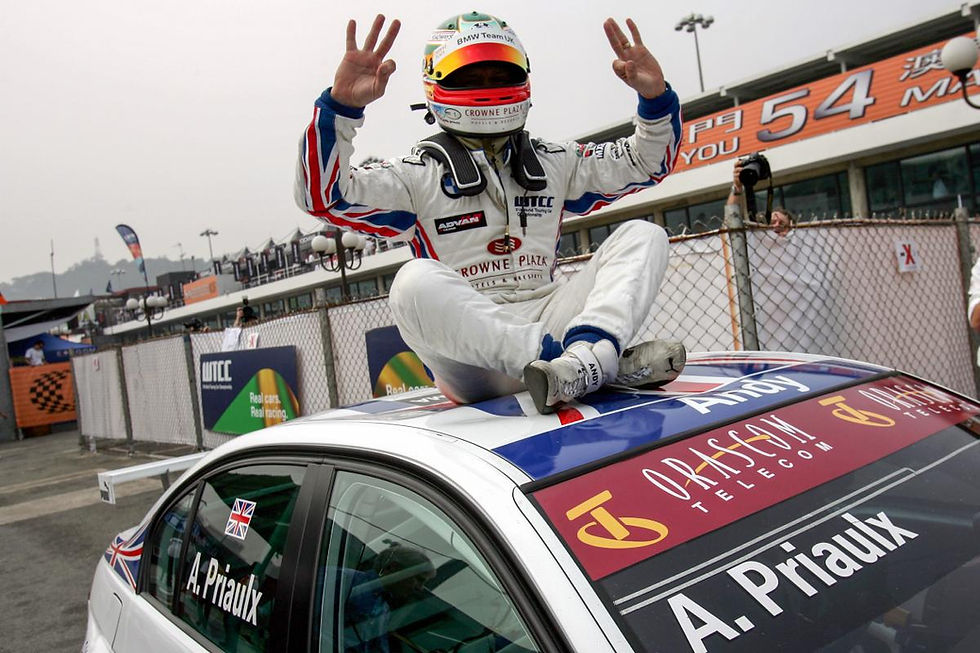THE IMPORTANCE OF SETTING GOALS
- John Pratt

- Aug 17, 2020
- 3 min read
Updated: Apr 16, 2025

Of all of the things we do in training, perhaps the most important of all is setting goals; they provide the impetus for everything we do. Goals are critical to success and both establish your dream and define how you are going to get there, whether you are a club racer or an aspiring F1 driver. The most successful people in sport, business and life have been significantly goal-driven.
Goals must be set according to the age, stage of development, confidence, ability and motivation of the individual. Beginners require short term easily achieved goals to boost their self-confidence, whereas the experienced driver needs more challenging yet realistic goals. For karters and young drivers, goals may be just to have fun but as they get older, their goals need to be very specific and totally focused on improving their performance.
Measuring and increasing performance
In essence it’s actually quite simple, by establishing your current skill level/performance and then setting goals to achieve your desired skill level/performance – and then following through on those goals in training – your performance will improve.
Setting the height of the bar
Setting challenging goals helps you mobilise your effort ‘in proportion’ to the demands of the task. The more challenging the task that you have set yourself the more effort you are going to need to put in. If your goal is to be a good club racer the effort required will be significantly less than someone who wants to become a professional driver
Self-Confidence
Accomplishing certain goals during practice through the means of repetition in similar competition settings will help instil you with self-confidence.
Enhancing persistence
As human beings we want success quickly (preferably without too much hard work), unfortunately the path to becoming a professional racing driver can take many years and this is where structures short, medium and long term goals help. You can see your destination, but you clearly see the progression over time that is required.
Challenging but not threatening
Goals should be challenging not threatening. A challenging goal involves a task of attainable difficulty that will push you to work harder just within your limits. On the other hand, a threatening goal is one that is too ambitious or way beyond your current skills and capacity and will de-motivate you.
Increases focus on your performance
Setting performance goals can foster a positive approach to focusing on yourself and reduces the need to compare yourself to those around you... you have your goals and training path set out and ‘they’ are your focus not other drivers.
Enhanced decision making when faced with crossroads of choice
It’s a fact that every decision you make creates your future. It’s very easy in this busy life to make inappropriate decisions and choices about your career and training ‘unconsciously’... or based on what is enjoyable to do. When faced with a crossroads of choice you must always check your choices against your goals to ensure that you are making the best choice for your career and development.
Setting milestones
As part of goal setting it is also very important to set clear performance milestones. A performance milestone establishes a level of performance that must be achieved by the end of a season (average gap to pole position, position in championship etc.). Motor racing is a very expensive sport and drivers can’t keep fooling themselves that they are going to make it eventually if only they can get another season. Performance milestones are very helpful for drivers that lack the motivation to train!



Comments